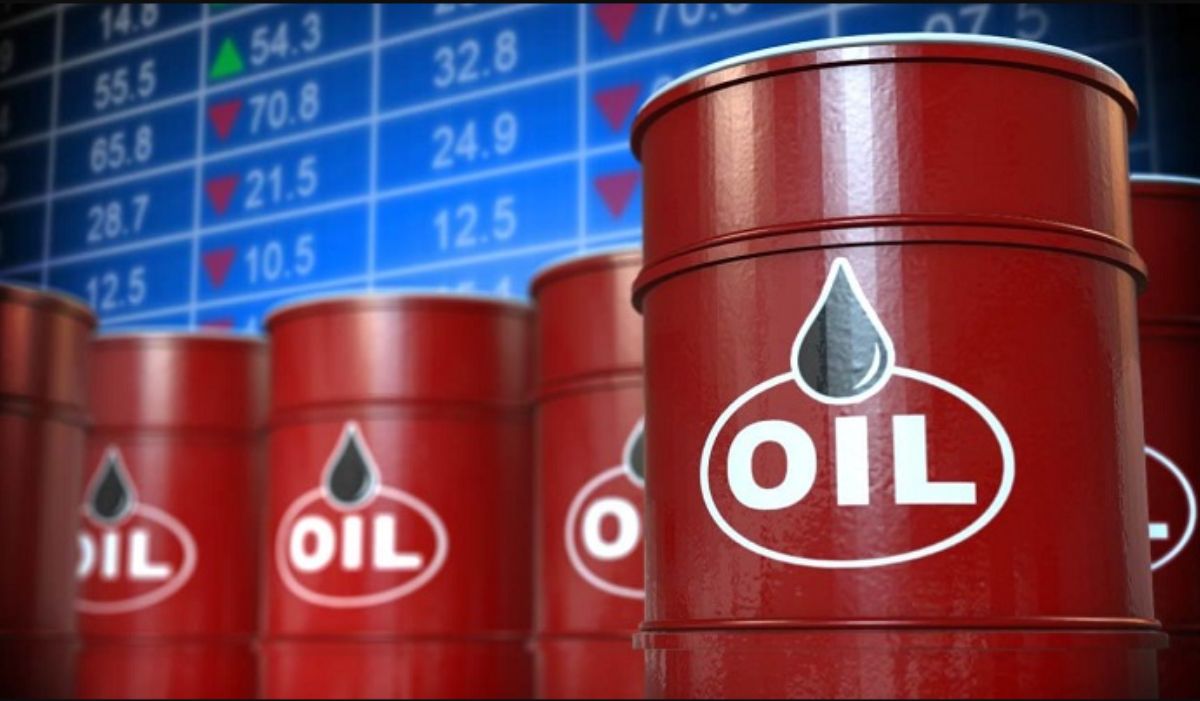Oil Prices Steady as Market Balances Supply Outlook

Crude oil prices were largely unchanged in early Wednesday trading as global markets digested signals of potentially higher output from top oil producers, a weaker U.S. dollar, and conflicting economic data from the United States, still the world’s leading oil consumer.
Brent crude inched up by five cents early Wednesday to trade at $67.16 per barrel, while the U.S. benchmark, West Texas Intermediate (WTI), remained flat at $65.45 per barrel.
Price movements have remained subdued within a narrow band since June 25, with Brent fluctuating between $66.34 and $69.05. The relative calm follows reduced fears of supply shocks in the Middle East after a ceasefire was reached between Iran and Israel, according to Reuters.
However, price gains were capped by fresh inventory figures. Industry sources indicated that the American Petroleum Institute reported a 680,000-barrel increase in U.S. crude stockpiles for the previous week—a period when storage levels usually drop due to seasonal demand.
“Today’s oil price moves are being pushed by the interplay of potentially rising OPEC+ supply, confusing U.S. inventory signals, an uncertain geopolitical outlook, and macro-policy ambiguity,” said Phillip Nova, senior market analyst, Priyanka Sachdeva.
Sachdeva also noted that plans by OPEC+—a coalition including Russia—to raise output appear to have already been factored into current market valuations. The group reportedly aims to increase production by 411,000 barrels per day in August, mirroring the increments agreed upon over the past three months.
Despite talk of higher production, actual supply increases have been modest. UBS commodity analyst Giovanni Staunovo commented, “We are all talking about additional supply coming to the market, but the supply has not hit the market—probably because it’s being consumed domestically.”
According to data from Kpler, Saudi Arabia boosted its oil shipments by 450,000 barrels per day in June compared to May—the highest level in over a year. Still, overall OPEC+ exports have remained flat or slightly lower since March. Staunovo expects this pattern to persist throughout the summer as domestic energy needs rise due to hotter weather.





